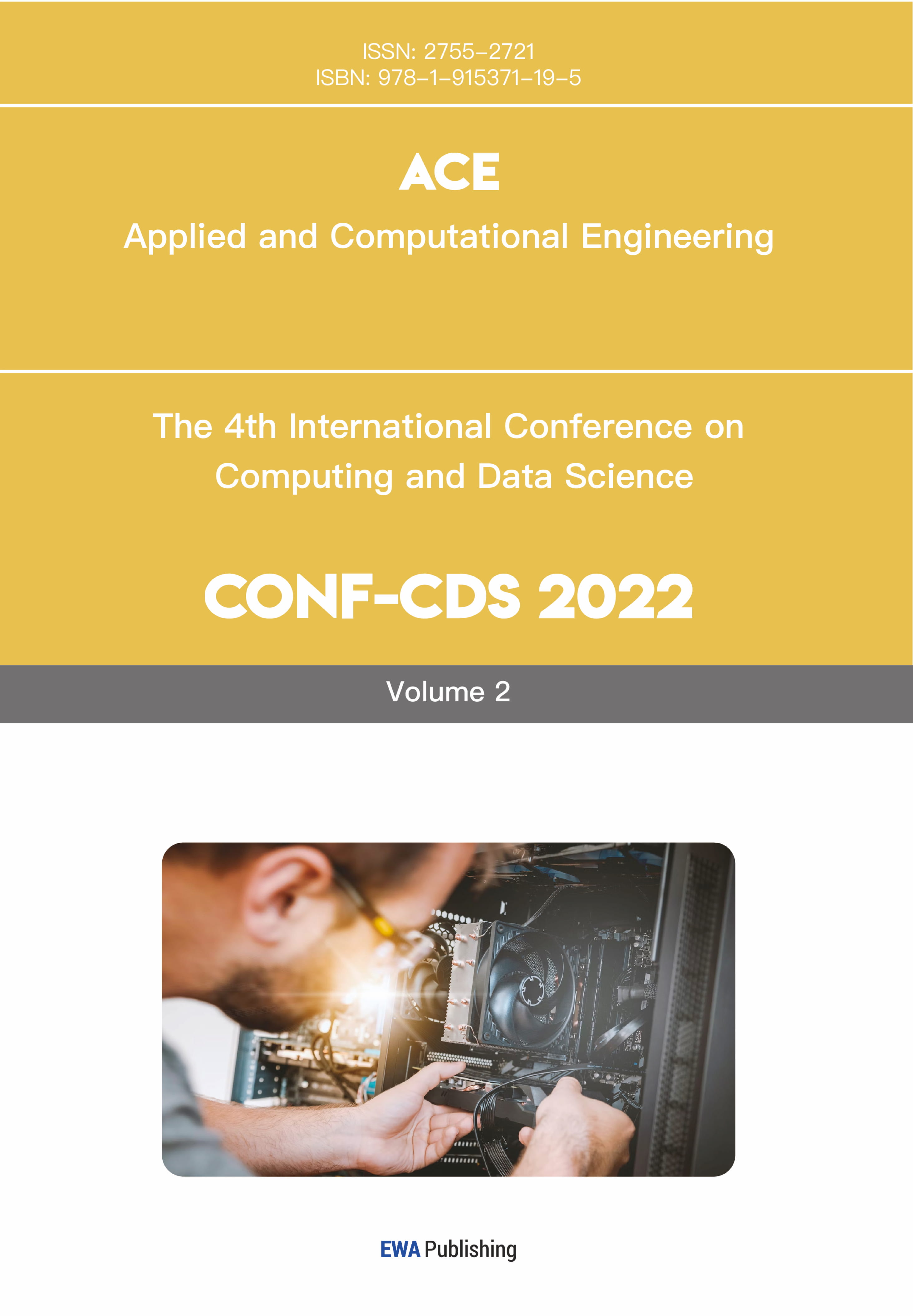References
[1]. Fan, S., & Hyndman, R. J. (2012). Short-term load forecasting based on a semi-parametric additive model. IEEE Transactions on Power Systems, 27(1), 134–141. https: //doi.org/10.1109/TPWRS.2011.2158559
[2]. Deb, C., Zhang, F., Yang, J., Lee, S. E., & Shah, K. W. (2017). A review on time series forecasting techniques for building energy consumption. Renewable and Sustainable Energy Reviews, 74, 902–924. https: //doi.org/10.1016/j.rser.2017.02.085
[3]. Kong, W., Dong, Z. Y., Jia, Y., Hill, D. J., Xu, Y., & Zhang, Y. (2019). Short-term residential load forecasting based on LSTM recurrent neural network. IEEE Transactions on Smart Grid, 10(1), 841–851. https: //doi.org/10.1109/TSG.2017.2753802
[4]. Taieb, S. B., & Hyndman, R. J. (2014). A gradient boosting approach to the Kaggle load forecasting competition. International Journal of Forecasting, 30(2), 382–394. https: //doi.org/10.1016/j.ijforecast.2014.03.001
[5]. Taylor, S. J., & Letham, B. (2018). Forecasting at scale. The American Statistician, 72(1), 37–45. https: //doi.org/10.1080/00031305.2017.1380080
[6]. Sovacool, B. K., Lipson, M. M., & Chard, R. (2019). Temporality, vulnerability, and energy justice in household low carbon innovations. Energy Policy, 128, 495–504. https: //doi.org/10.1016/j.enpol.2019.01.010
[7]. Binns, R., Veale, M., Van Kleek, M., & Shadbolt, N. (2018). ‘It's reducing a human being to a percentage’: Perceptions of justice in algorithmic decisions. Proceedings of the 2018 CHI Conference on Human Factors in Computing Systems, 1–14. https: //doi.org/10.1145/3173574.3173951
[8]. Kearns, M., Neel, S., Roth, A., & Wu, Z. S. (2019). An empirical study of rich subgroup fairness for machine learning. Proceedings of the Conference on Fairness, Accountability, and Transparency, 100–109. https: //doi.org/10.1145/3287560.3287592
[9]. Rao, S. N. B., Yellapragada, V., Padma, K., Pradeep, D. J., Reddy, C. P., Amir, M., & Refaat, S. (2022). Day-ahead load demand forecasting in urban community cluster microgrids using machine learning methods. Energies, 15(17), 6124. https: //doi.org/10.3390/en15176124



